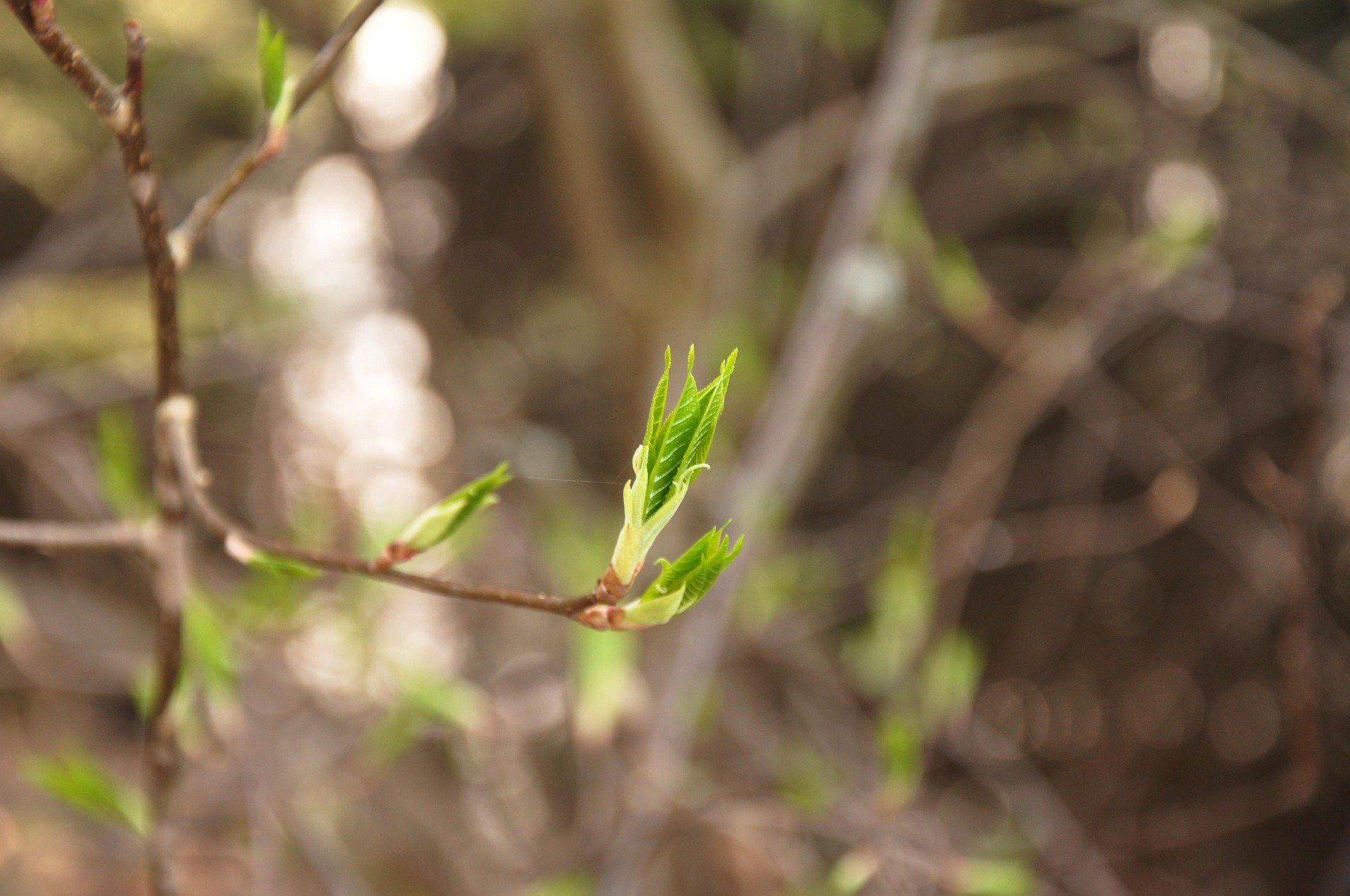The Slatebelt blends a rich history, unique geology, and a vibrant community. Located in northeastern Pennsylvania, in Northampton and Monroe counties, it is widely recognized for its slate deposits. Once a booming slate mining hub, today it features a mix of rural areas, suburban growth, and quiet charm. This article explores Slatebelt Chatter the people, places, history, and changes that continue to shape the region.
A Brief History of the Slatebelt
The Slatebelt’s history is intrinsically linked to its slate deposits, which have been mined for centuries. Slate, a highly sought-after material, was once in great demand for roofing, tiles, and chalkboards. As a result, the region became a primary source for roofing materials, not only in the U.S. but also internationally.
In the 19th century, immigrants from Wales, Ireland, and Italy played a pivotal role in fueling industrial growth in towns like Bangor, Pen Argyl, and Wind Gap. The slate mining industry reached its peak in the early 20th century. However, by mid-century, the demand for slate diminished as newer materials took over. Consequently, the industry’s decline left behind abandoned quarries and old mining buildings. Today, Bangor, known as the “Slate Capital of the World,” continues to celebrate this heritage with an annual festival, ensuring that the legacy of slate mining is remembered and appreciated.
Geography and Natural Beauty
Nestled in the scenic Appalachian foothills, the Slatebelt offers not only picturesque views but also ample opportunities for outdoor activities. The region is characterized by rolling hills, rugged terrain, and winding streams. To the northeast, it borders the Delaware Water Gap, while to the south, it is connected to the Lehigh Valley.
Outdoor enthusiasts, for instance, can enjoy hiking, fishing, and exploring the region’s diverse landscapes. The renowned Appalachian Trail runs through parts of the Slatebelt, offering stunning vistas of the surrounding mountains. Additionally, the Delaware River provides a wide range of recreational opportunities, including canoeing, kayaking, and fishing. With each passing season, the area’s natural beauty is on full display, whether it’s the brilliant hues of fall foliage, the snowy serenity of winter, or the lush greenery of spring and summer.
As a result, agriculture, forestry, and eco-tourism have emerged as vital sectors in the local economy, helping to replace the once-dominant slate industry.
The Slatebelt Communities
Today, the Slatebelt is home to a diverse population that has found its place in this evolving region. Despite the decline of slate mining, towns like Bangor, Pen Argyl, and Wind Gap continue to maintain their small-town charm, featuring family-owned businesses, historic buildings, and strong community bonds.
Bangor: The Heart of the Slatebelt
Bangor, with a population of around 5,000, stands out as the most iconic town in the region. It is home to the Slate Belt Heritage Center and the Bangor Historical Society, both of which preserve the area’s industrial past. The town, often referred to as the “Slate Capital of the World,” keeps its history alive with the annual Bangor Slate Festival, a vibrant celebration of the town’s slate mining legacy.
Pen Argyl: A Growing Hub
Pen Argyl, with a population of approximately 3,500, serves as a key hub at the crossroads of major highways. The town boasts a thriving downtown area filled with local businesses, parks, and year-round events. Pen Argyl’s location makes it a strategic area for new development, as its convenient access to neighboring cities continues to attract new residents and businesses.
Wind Gap: A Commuter’s Paradise
Wind Gap, nestled between two mountain ranges, has become a commuter town while retaining its rural charm. Over time, it has seen significant suburban development, offering a blend of old farms and newly developed neighborhoods. The town’s charm lies in its small-town feel, combined with its proximity to larger urban centers, which make it a desirable location for those who work in nearby cities but seek a quieter lifestyle.
Economic Challenges and Opportunities
While the Slatebelt has undoubtedly faced economic challenges—particularly due to the decline of slate mining—it has also embraced new industries. Manufacturing, retail, and agriculture have risen to fill the void left by the slate industry’s collapse. Moreover, tourism has become a growing opportunity for the region, as visitors flock to experience its natural beauty, historical sites, and outdoor activities.
Agricultural Growth and Agritourism
The agricultural sector has seen growth, particularly in organic and sustainable farming, with increasing interest in agritourism. Local farms, for example, are attracting visitors who enjoy touring farms, sampling local produce, and even staying on working farms for a more immersive experience. The push for sustainability has bolstered the region’s appeal to eco-conscious visitors and residents alike.
The Rise of Arts and Culture
The arts have also flourished in the Slatebelt, with galleries, craft fairs, and music festivals showcasing the region’s creative talents. From small community theaters to regional craft shows, the arts have become an integral part of life in the Slatebelt. These cultural events not only provide entertainment but also contribute to the region’s economy by attracting tourists and supporting local artists and artisans.
Infrastructure and Technology
Despite these promising developments, challenges remain, particularly in terms of infrastructure. Access to high-speed internet, for instance, can be limited in rural areas, which can impede the growth of new businesses and hinder progress in certain sectors. Continued investment in rural infrastructure, such as broadband internet and transportation, will be crucial to fostering further growth and ensuring the region’s long-term success.
The Future of the Slatebelt
Looking ahead, the future of the Slatebelt appears promising, although a few hurdles remain. One of the primary challenges will be balancing development with the preservation of its natural beauty and historical heritage. As the region continues to grow, it will need to maintain its connection to urban centers like Allentown and Bethlehem while fostering its own unique identity. Therefore, continued investment in transportation, technology, and local services will be essential to ensuring the region’s long-term growth and prosperity.
Preserving Heritage while Embracing Change
Another important factor will be the ongoing celebration of the Slatebelt’s slate heritage. As the region diversifies its economy, it must continue to honor the past, ensuring that the significance of the slate industry remains appreciated. This will be critical for future generations to understand and value the historical importance of the Slatebelt, even as the region evolves.
Conclusion
The Slatebelt is a region where natural beauty, small-town charm, and rich history come together. Once a center for slate mining, it has transformed into a vibrant community. Over time, the area has embraced change while still honoring its past.
Tourism has become an important part of the region’s economy. Visitors come to enjoy the area’s scenic landscapes, historical sites, and outdoor activities. Local festivals, parks, and cultural events draw people year-round, helping businesses grow.
Agriculture also plays a significant role in the Slatebelt’s economy. Farmers in the region are shifting toward organic and sustainable practices. Agritourism, such as farm tours and produce sampling, is on the rise. This brings both income and awareness to the importance of local farming.
The arts have flourished in the Slatebelt as well. Local galleries, craft fairs, and music festivals celebrate the region’s creativity. These cultural offerings attract tourists and support the community.
As the Slatebelt continues to grow, it faces both challenges and opportunities. Infrastructure, like reliable internet and transportation, remains a key area for improvement. However, with ongoing investment and support, the Slatebelt is finding ways to thrive.
Looking ahead, the Slatebelt will continue to evolve. It will balance development with the preservation of its natural beauty and historical significance. With its combination of opportunities and a commitment to honoring the past, the Slatebelt has a bright future ahead.




